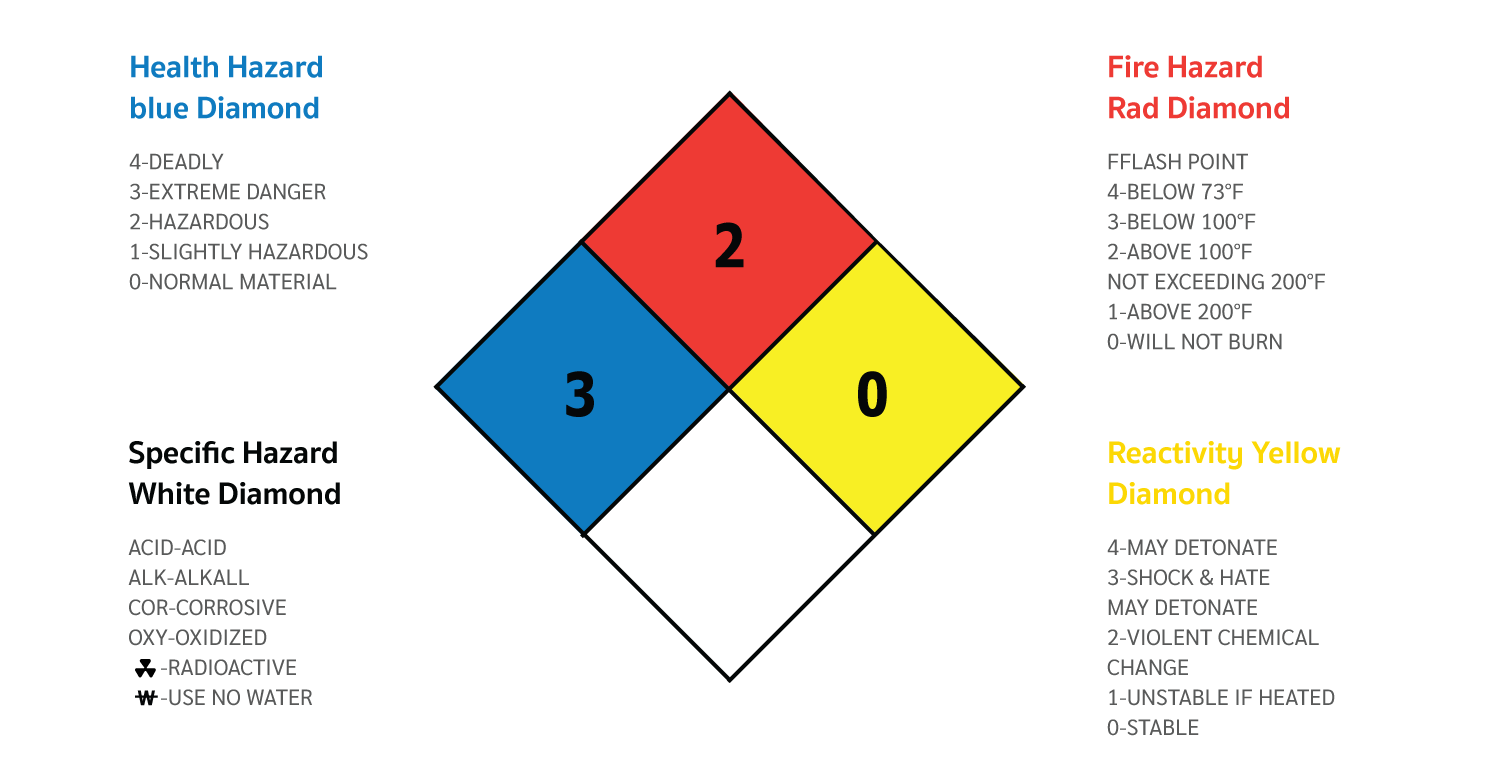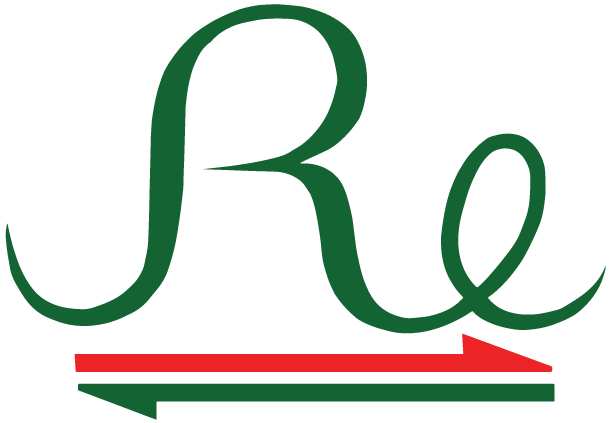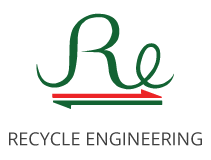Classification of Chemical (GHS)
Globally Harmonized System of Classification and Labeling of Chemical (GHS) is a global system or method for the classification of chemical hazards (substances, mixtures, solutions, and alloys) and a way to communicate chemical hazards through Safety data sheets and labels (SDS).
The hazard classification of the GHS is divided into 17 physical hazards, 10 health hazards, and 2 environmental hazards.
Classification based on physical hazards
Can be divided into 17 types as follows:
1. Explosives
2. Flammable Gases
3. Aerosols
4. Oxidizing Gases
5. Gases Under Pressure
6. Flammable Liquids
7. Flammable Solids
8. Self-Reactive Substances and Mixtures
9. Pyrophoric Liquids
10. Pyrophoric Solids
11. Self-Heating Substances and Mixtures
12. Substances and Mixtures which,
in Contact with Water, Emit Flammable Gases
13. Oxidizing Liquids
14. Oxidizing Solids
15. Organic Peroxides
16. Corrosive to Metals
17. Desensitized explosive
Classification based on health hazards
Can be divided into 10 types as follows:
1. Acute toxicity
2. Skin corrosion/irritation
3. Serious eye damage/eye irritation
4. Respiratory/skin sensitization
5. Germ cell mutagenicity
6. Carcinogenicity
7. Reproductive toxicity
8. Specific target organ toxicity-single exposure
9. Specific target toxicity-repeated exposure
10. Aspiration hazard
Classification based on environmental hazards
Can be divided into 2 types as follows:
1. Hazardous to the aquatic environment
2. Hazardous to the ozone in the atmosphere
GHS Pictograms

Hazard Classes and Categories
Toxins that are harmful to chronic health include carcinogens, allergens, respiratory or skin, mutagenic substances, reproductive toxicity, systemic toxic substances that target to a specific organ, and substances that may be harmful to the lower respiratory tract or cause pneumonia (health hazards types 4-7, 9, 10).

Flame
Flammable gas, flammable aerosols, flammable liquids with a flashpoint lower than 93 C, flammable solids, solids easily catch fire caused by the friction of the substance or the friction with neighboring substances such as powder, sulfur, phosphorus, and trisulfide, self-reacting substances, spontaneous combustible liquids in the air, spontaneous combustible solids in the air such as white phosphorus, self-heating substances, substances give flammable gas when exposed to water such as metals, sodium, potassium and calcium carbide, organic peroxide, and desensitized explosive substances (physical hazards types 2, 3, 6, 7, 8, 9, 10, 11, 12, 15, 17).

Exclamation Mark
Acute toxic substances with low toxicity, substances that cause irritation to skin and eyes, substances that cause the respiratory system or skin allergy, or may cause drowsiness or dizziness, substances that are specifically toxic to the target organ system, substances that are harmful to the ozone layer in the atmosphere. (health hazards types 1-4, 8 and environmental hazards type 2).

Gas Cylinder
Gas under pressure is the gas under pressure of greater than or equal to 200 kPa (gauge) at 20 ° C, it can be divided into 4 types which are compressed gas, liquefied gas, refrigerated liquefied gas, and dissolved gas (physical hazards type 5).

Corrosion
Substances that are corrosive to metal or tissues, substances that cause skin irritation, eye damage, or severe eye damage, respiratory system or skin allergen, such as sulfuric acid, nitric acid, hydrochloric acid, phosphoric acid, sodium hydroxide, etc. (physical hazards type 16 and health hazards types 2-4).

Exploding Bomb
Explosives, self-reacting substances, and organic peroxide (physical hazards types 1, 8, 15).
- Explosives are substances or mixtures in a solid or liquid state that has a rapid chemical reaction that produces gas at high temperature and pressure which can cause physical damage to the surrounding. Pyrotechnic substances are also considered as explosives as well, even though these substances do not turn into gases.
- Pyrotechnics substances or mixtures that can undergo self-contained and self-sustained combustion even in the absence of air to produce heat, light, gas, smoke, and/or sound. Pyrotechnics are often described as “low explosives” as their reactions occur by deflagration which is combustion which propagates through a gas or across the surface of an explosive at subsonic speeds, driven by the transfer of heat, i.e. layer-to-layer propagation, in contrast to explosives where combustion leads to detonation which is initiated suddenly and propagates extremely rapidly, resulting in a shock wave at supersonic speed and high explosion.
- Self-reacting chemicals are thermally unstable solids or liquids which can cause molecular degradation that release a lot of heat even in the absence of oxygen (air).
- Organic peroxide is an unstable substance that will vigorously decompose, which may lead to an explosion when heated.

Flame over Circle
Oxidizing gases or gases with oxidizing properties that cause combustion or facilitates in burning when exposed to oxygen such as argon, halogen, nitrogen, nitrogen oxide, nitrous oxide, carbon dioxide, chlorodifluoromethane, oxidizing liquids, and oxidizing solids that facilitate in fire ignition by releasing oxygen such as aluminum nitrate, ammonium nitrate, potassium Chlorate (physical hazards types 4, 13, 14).

Environment
Substances that are hazardous to the aquatic environment (environmental hazards type 1).

Skull and Crossbones
Acute toxic substances with high toxicity (health hazards type 1).
In addition, the danger of substances can also be divided into 3 types which are:
1. A contagious substance or an ingredient that contains pathogens or anything that causes disease, bacteria, parasites, fungi, etc.
2. Radioactive materials that decay more than 0.002 microcuries per 1 gram of material weight.
3. Toxic gases, or gases that decompose, combust or burn to give toxic gases such as chlorine, boron trifluoride, acetylene, bromotrifluoroethylene,
butadiene, ethane, ethylene, hydrogen, methane, etc. which when leaked, it can cause suffocation due to dilution of oxygen in the air.
Hazardous Chemical Label (NFPA)
NFPA sign Indicates chemical hazardous in accordance with the NFPA (National Fire Protection Association) standards. It is a diamond shape sign which is divided into 4 sections, which are 4 adjacent diamonds with different colors as in the picture.
- – Red color section located at the top of the diamond indicates flammability.
- – Blue color section located on the left of the diamond indicates the level of health hazards of the chemicals.
- – Yellow color section on the right of the diamond indicates the level of chemical reactivity.
- – White color section at the bottom of the diamond is for additional important information such as water reactivity.


